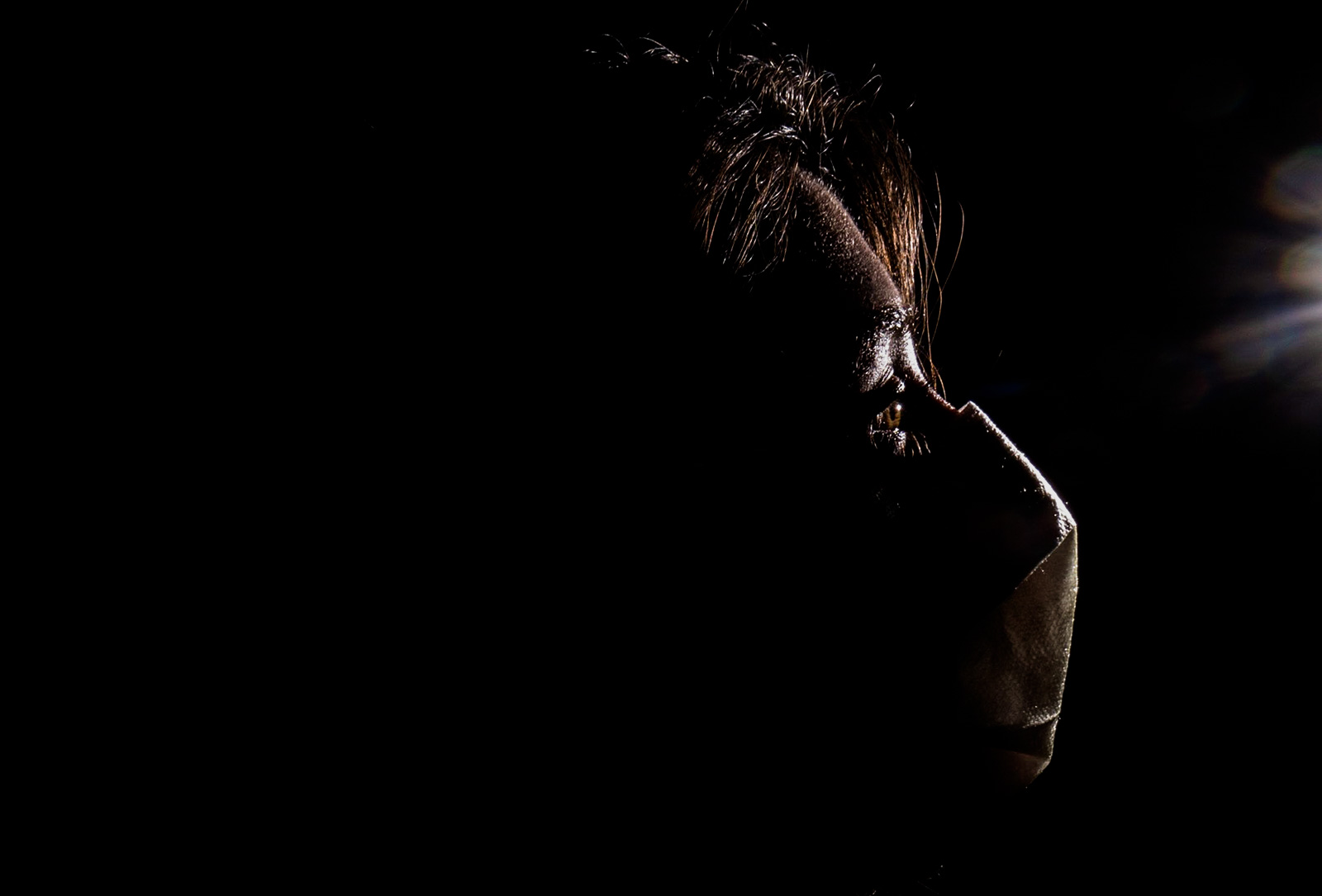The Quad: As coronavirus spreads, so too does misinformation about disease on internet

The internet has proven to be a vital source of information about coronavirus, but is also functioning as a hub for misinformation. (Niveda Tennety/Assistant Photo editor)

By Karen Im
Feb. 4, 2020 3:53 p.m.
In our increasingly globalized day-to-day lives, the spread of diseases is fast – but the proliferation of misinformation is even faster.
Around a month has passed since the emergence of the novel strain of coronavirus in China’s Wuhan province and its subsequent reach overseas in countries such as the United States, Australia and Canada, sparking a worldwide state of panic.
On Jan. 31, the World Health Organization declared coronavirus a world health emergency, issuing a level four warning against travel to and from China.
In the outbreak’s wake, the internet has established itself as a simultaneously useful and dangerous resource for reliable information and news.
According to Bloomberg, researchers and journalists have reported an increasing number of conspiracy theories pivoting off public hysteria and concern surrounding the coronavirus, in hopes of garnering traffic to their social media accounts.
Timothy Caulfield, health law professor at the University of Alberta, told Bloomberg that people earnestly seek answers and fear uncertainty in the face of an outbreak.
“Social media is a polarization machine where the loudest voices win,” he said in the article. “In an outbreak, where you want accurate, measured discourse, that’s kind of a worst-case scenario.”
As the fear of the coronavirus continues to take over public behavior and decisions, attention has started to shift toward social media giants such as Facebook, Twitter and Youtube and their attempts at curbing the unfurling of potentially misleading information, which varies from absurd theories about the source of the virus to claims of concoctions with coronavirus-healing abilities.
In the past few weeks, posts on social media have entertained claims of bleach as a magical cure to the virus, and even the implausible linkage between Corona beer and coronavirus.
Misinformation burgeons when verified information is deficient, which seems to be the case in the tracking of the 2019 coronavirus. Officials have yet to confirm details such as the source of the outbreak, its severity, how it spreads and who has the virus.
Almost 14 miles away, the University of Southern California had its own case of a misreport Jan. 27 when a Twitter post claimed that a student at The Lorenzo student apartment complex had contracted coronavirus and was subsequently transported to a hospital.
It didn’t take long after the report was released for hundreds of stories to be disseminated through word of mouth and social media, each containing its own speculation and narrative about the situation.
Third-year computer science student Leo Liu said that when the USC report was published, panic was the most common initial response around him and other UCLA students who reside not too far from the alleged source.
“I definitely felt the fear overwhelm all of Los Angeles at that very moment,” Liu said. “I had friends and family anxiously texting me with all these different stories they had heard, which I think probably gave birth to a lot more baseless conclusions and rumors.”
Liu added that people were discussing speculations surrounding the places this student had visited and who they had come into contact with, and therefore conversation centered around avoiding these specific locations.
Since then, USC has provided an official update falsifying the report, and stated that no one affiliated with USC has developed the illness.
While some forms of misinformation take the shape of an incorrect diagnosis or a misread scenario, other false narratives can have much more dangerous implications on specific groups of people.
As news of the coronavirus hit Western media, footage of a Chinese woman eating bat soup, allegedly in Wuhan, went viral, creating a narrative that seemed to point fingers at the Chinese diet as the root of this disease outbreak.
The British tabloid the Daily Star first linked the “bat soup” footage to the 2019 coronavirus outbreak in an article published Jan. 22. The article had been reproduced by several other news outlets before a correction was published, identifying the video as a 2016 clip taken of an online travel show host who was eating the dish in Palau, a South Pacific island, not Wuhan.
This footage represents a form of persuasive disinformation, where elements of the truth are removed from their actual context and reframed in a manner that proclaims a particular worldview — in this case, one that may fuel anti-Chinese and xenophobic sentiments.
Second-year psychology and history student Minji Kim said the presence of these false media narratives is most amplified when fear and anxiety precede logic.
“In a state of frenzy, I think information is often lost in translation and people primarily process what they want to hear and see,” Kim said. “I have a friend who told me about an instance of her sitting on a train, sneezing and seeing a mother get up from the seat next to her and usher her child away whilst covering the child’s mouth.”
The generation of fear and panic by inaccurate news plays a critical role in the growing rhetoric of blame, discrimination and stigma. This is a dangerous pattern that has repeated itself during outbreaks throughout history.
During the eruption of the H1NI swine flu in 2009, inflated media coverage framed Mexican and Latino populations in a light that resulted in aggressive and racist precautionary measures. Similarly, reports of the 2014 Ebola outbreak utilized racial stigmas and stereotypes to scapegoat people of African descent.
Amid the stigmatized narratives in today’s modern world, it has become each individual’s responsibility to navigate through unverified news with a certain degree of skepticism and draw fact-based conclusions.
“It can be easy to gravitate toward flashy headlines and hyperbolic reports during times when answers are not plentiful,” Kim said. “But you should simultaneously question if you are just reading a story, or the actual truth.”

